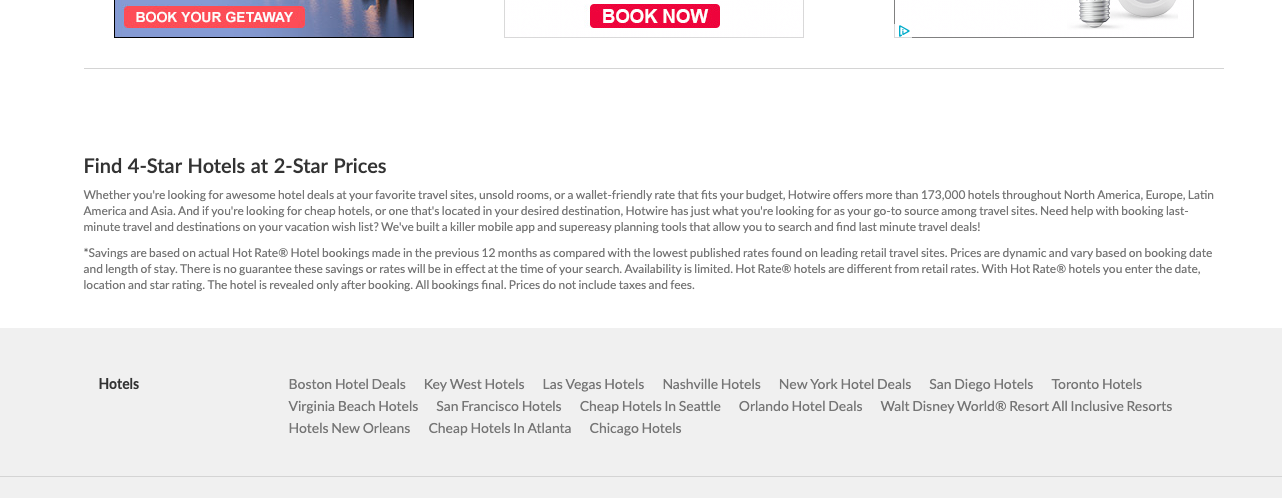
The travel industry pioneers – Hotwire, Priceline, Travelocity, TripAdvisor – are SEO juggernauts.
With a massive amount of searches for vacation and travel planning, it’s one of the top categories online.
And there’s a lot of money in SEO for them.
In fact, organic traffic is the #1 source of traffic for travel brands:

Just a few position increases for their strategic portfolio of keywords can mean millions of dollars in revenue.
So it’s fair to say they hire the best and the brightest of SEO talent to keep their traffic flowing.
Knowing this, we can look to these sites for guidance for what’s still working in SEO today.
And the results are surprising.
They are still employing some traditional SEO practices that apparently are still working.
Practices like text on the homepage; a bevy of internal links; and landing pages built for keywords.
We’re going to look at what they’re doing – and we’re focusing on some basic principles that anyone can apply, not just companies with multi-million dollar SEO budgets.
1. Home Page Text
In my opinion, text content on the home page is one of the most overlooked SEO tactics.
I mean, it’s been around forever, but plenty of sites ignore the home page and just use it as a pretty portal page.
If you’re a paid-ads focused brand, or in the fashion industry – I get it.
But for most sites that prioritize organic search, not enough are doing it.
Hotwire takes advantage of the power of their home page’s link equity, and juices it up with keyword-rich text:

Because of employing this tactic, it helps them rank on page one for keywords like “travel sites” and “hotel sites”.
Could you leverage this tactic for your website?
2. Home Page Internal Links
For most websites, the home page will be the single most-linked-to page on the site.
So with all of this link equity on the home page, are you helping it flow to your most important commercial pages?
Likely not.
Most websites – large and small – do have their most important pages in their main navigation, but they’re likely missing out on linking to some key pages because of limited space.
Travelocity has one of the most extensive home page internal link structures I’ve found in my research.
It’s quite aggressive:




